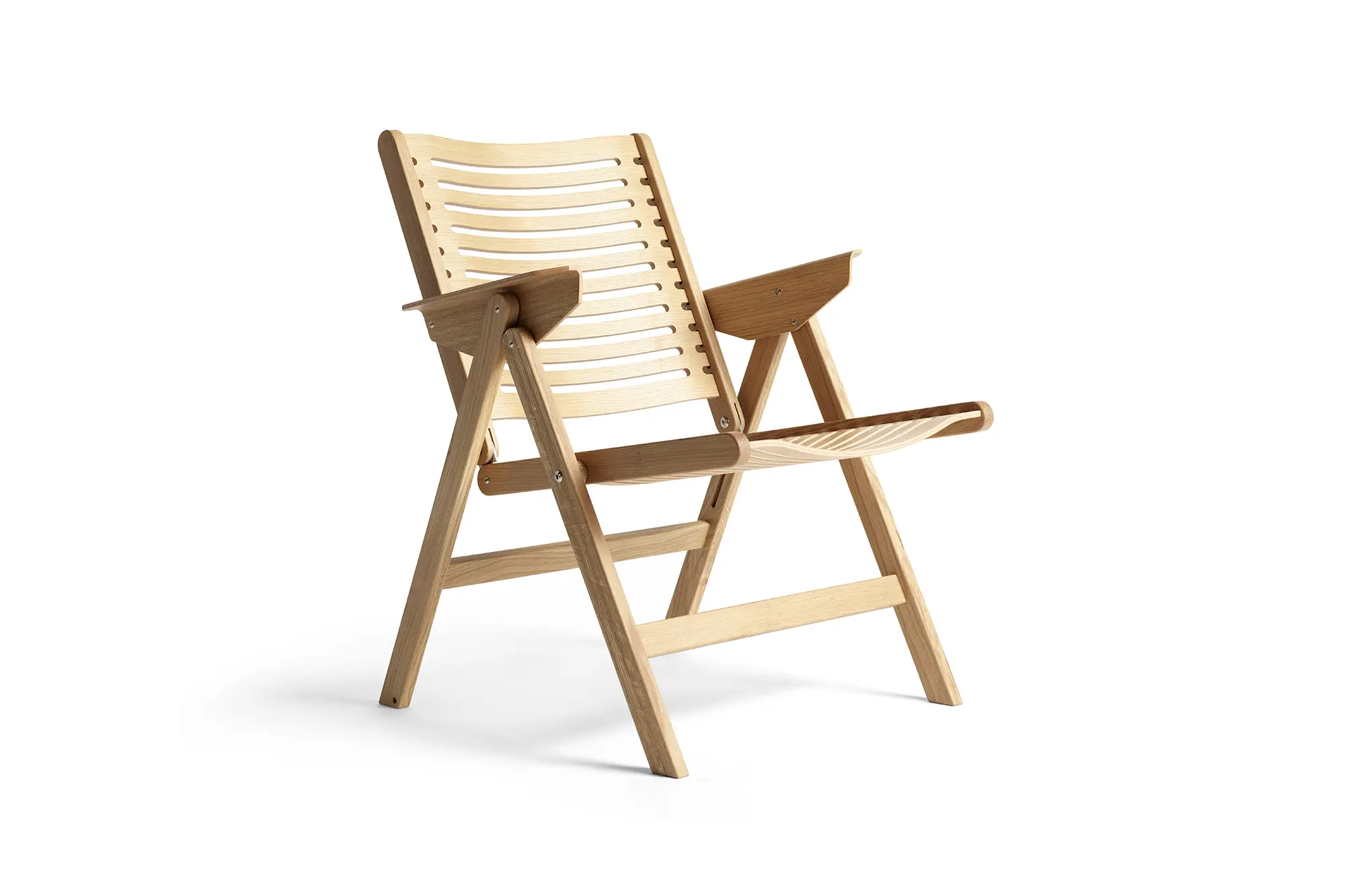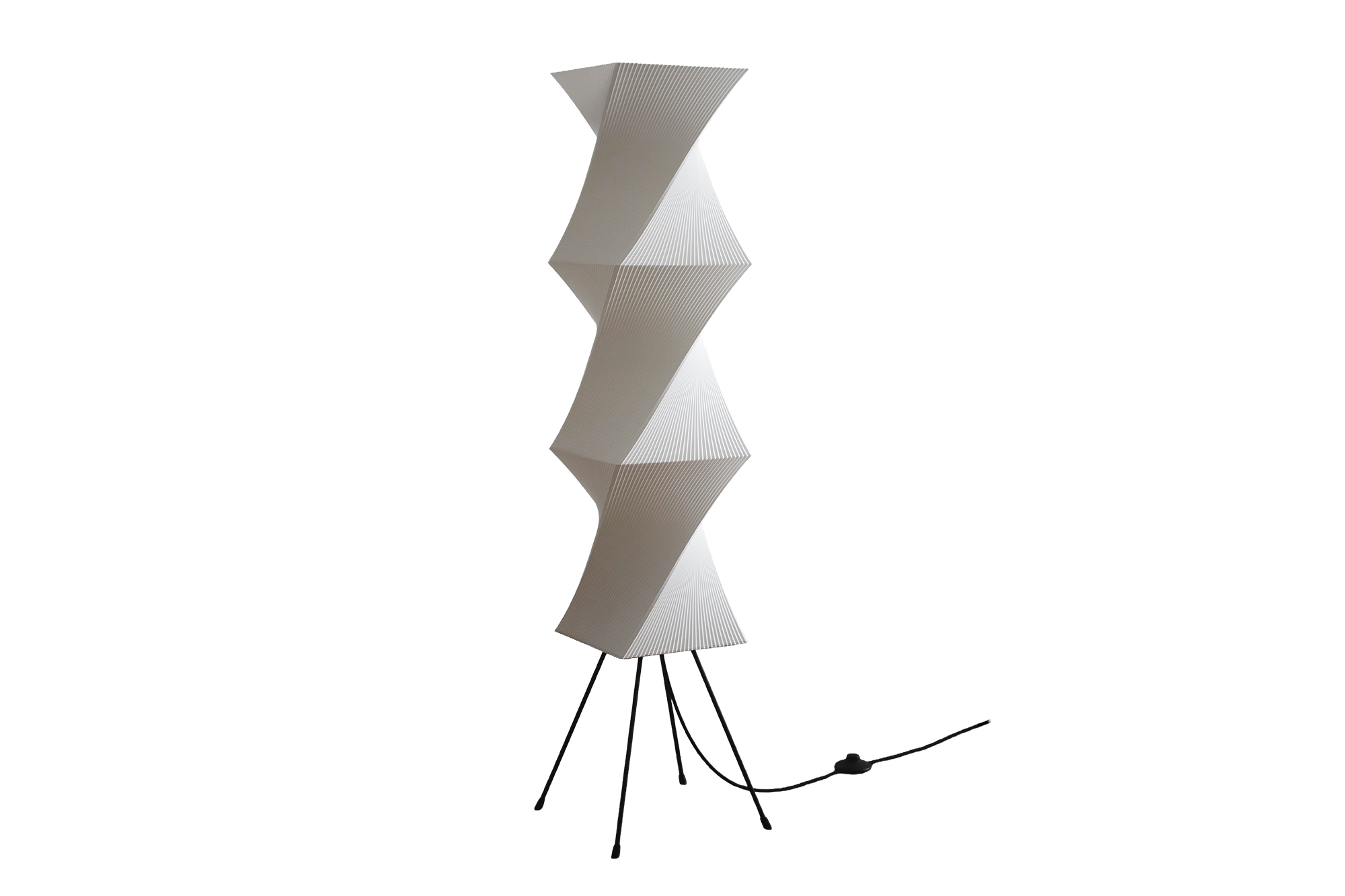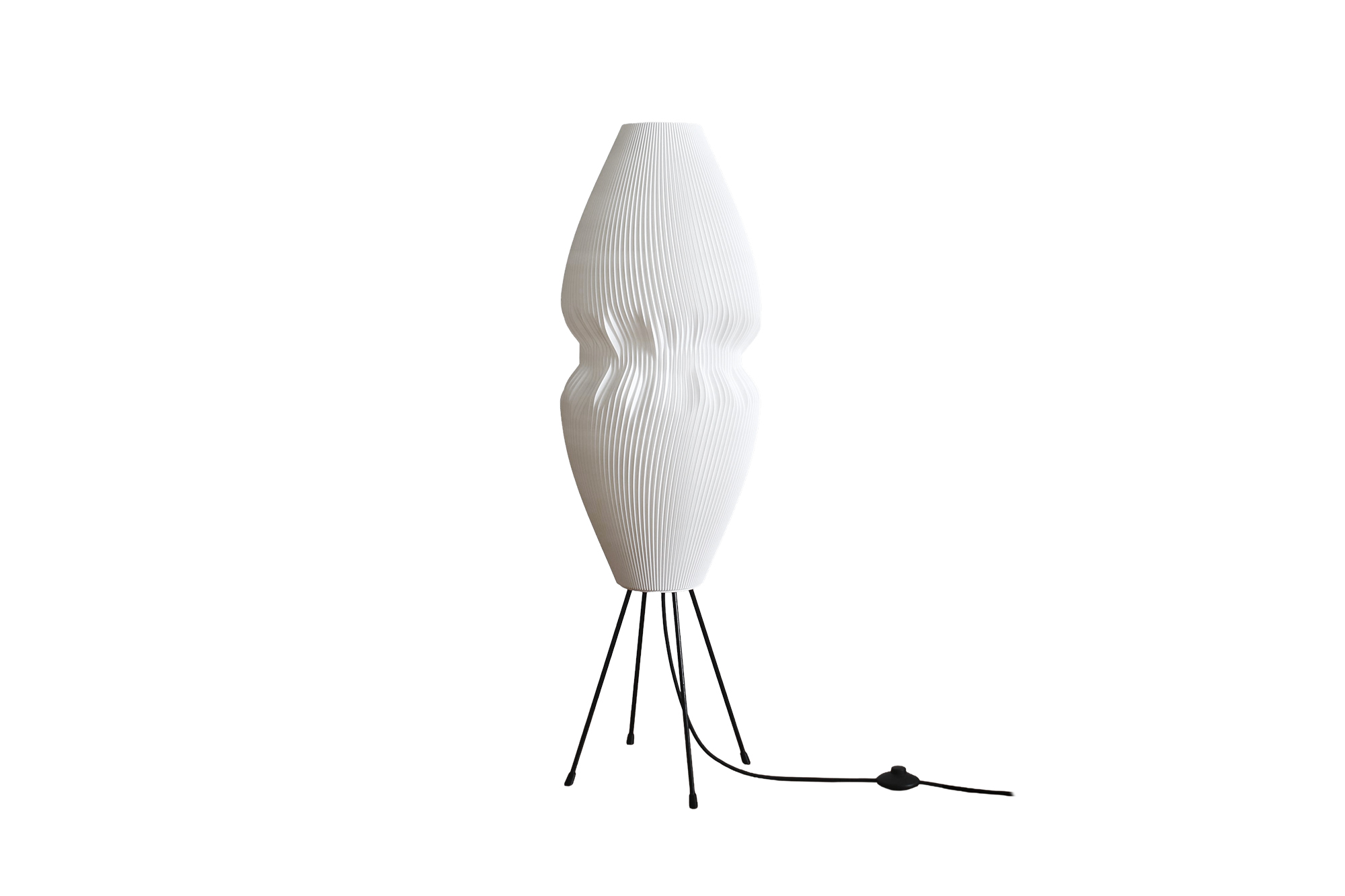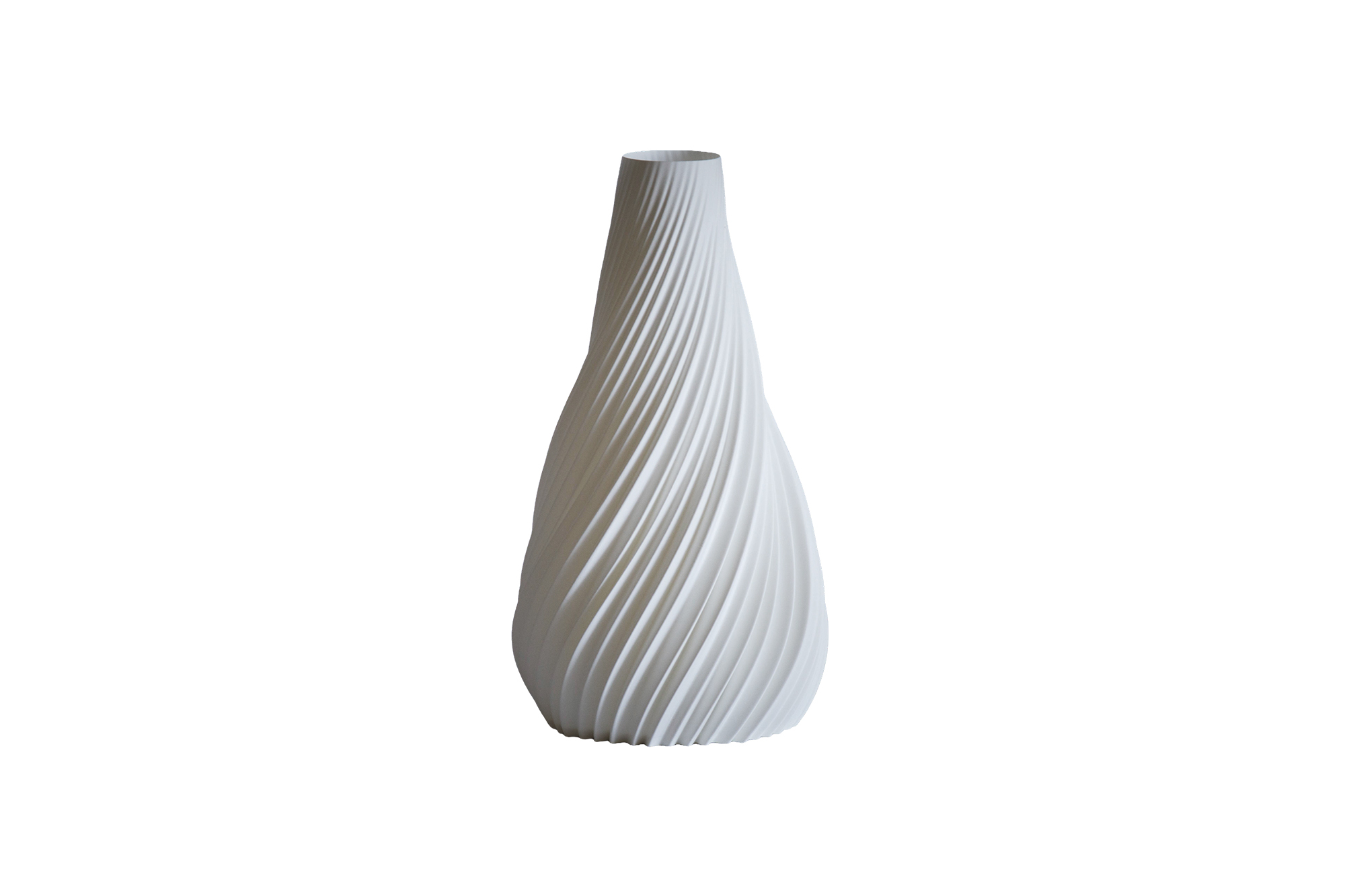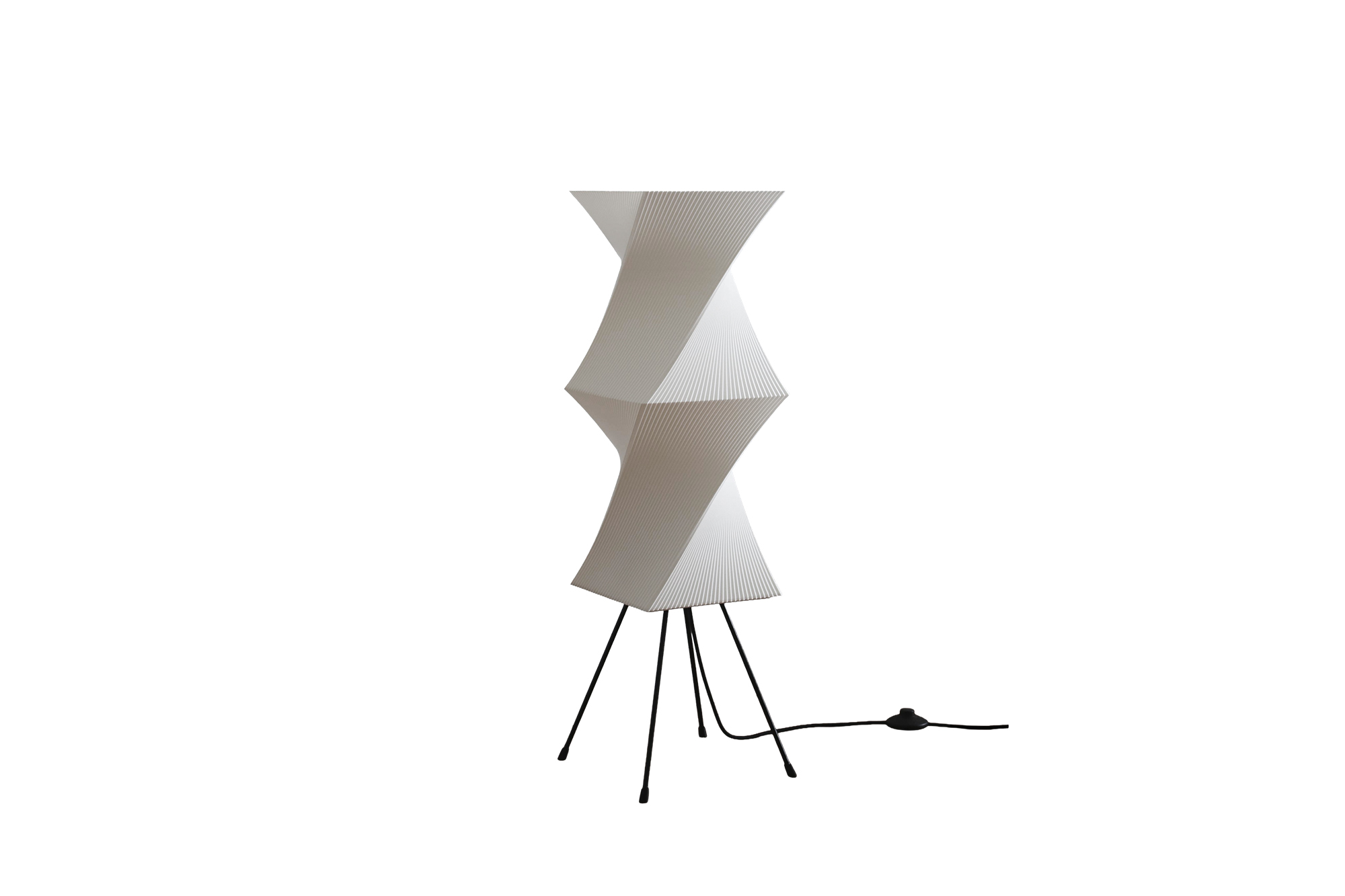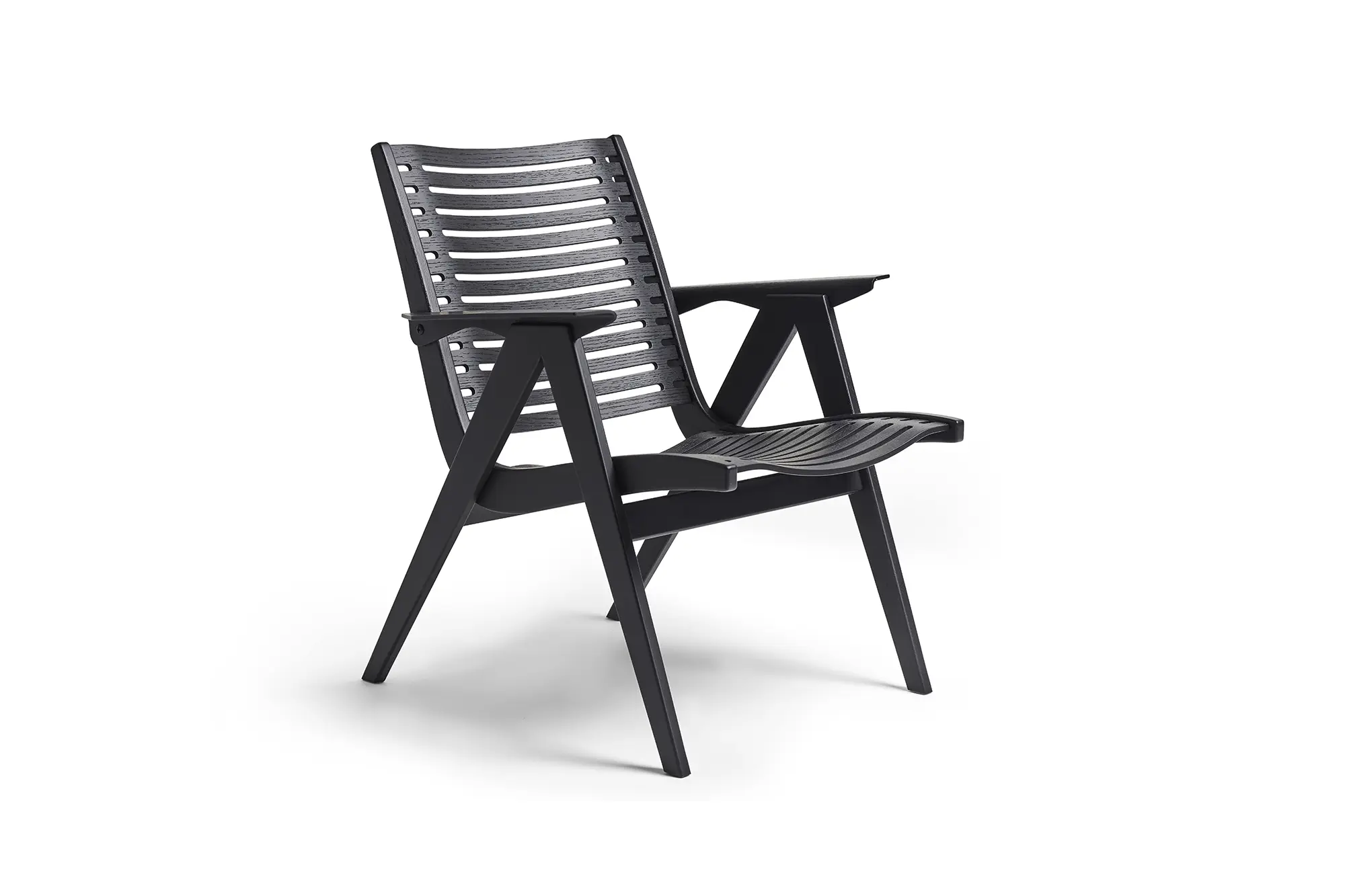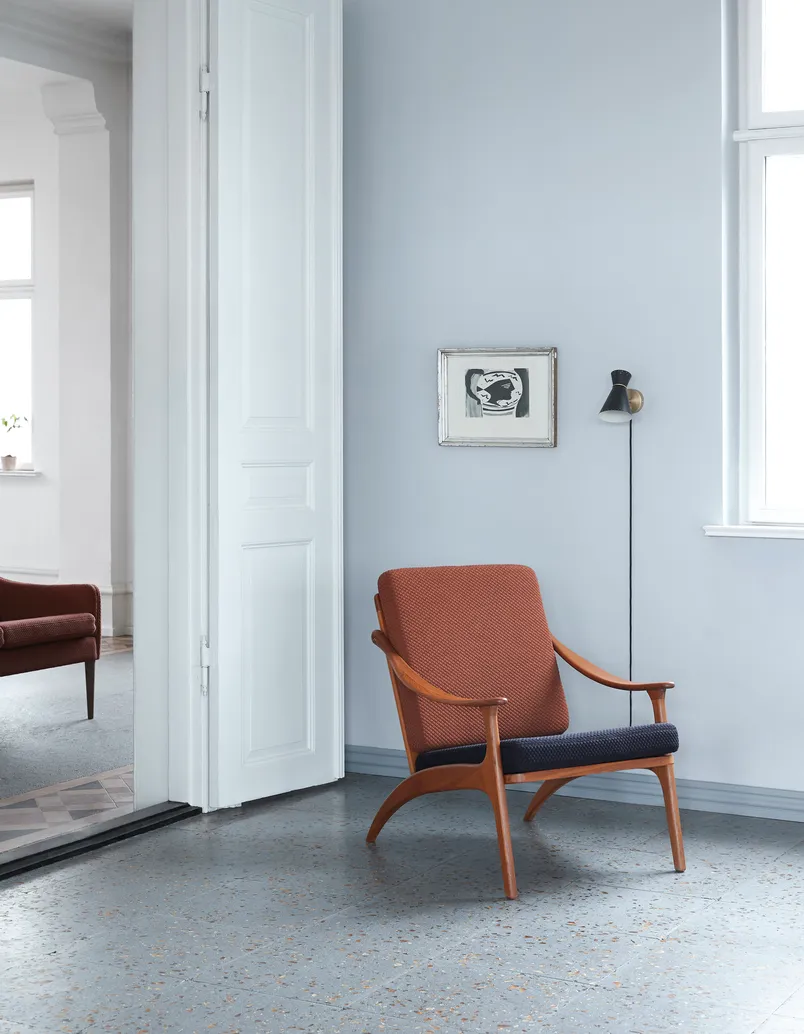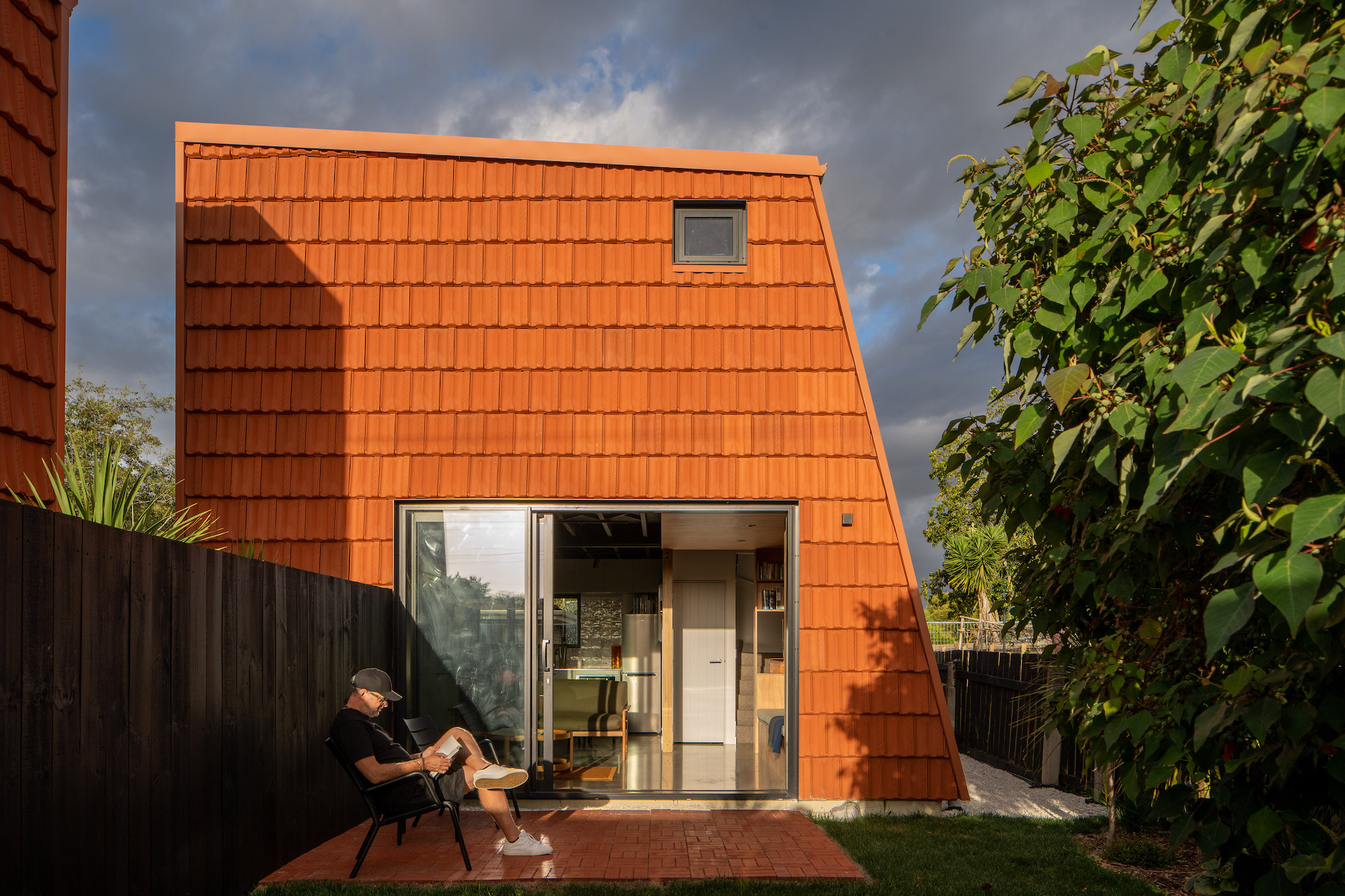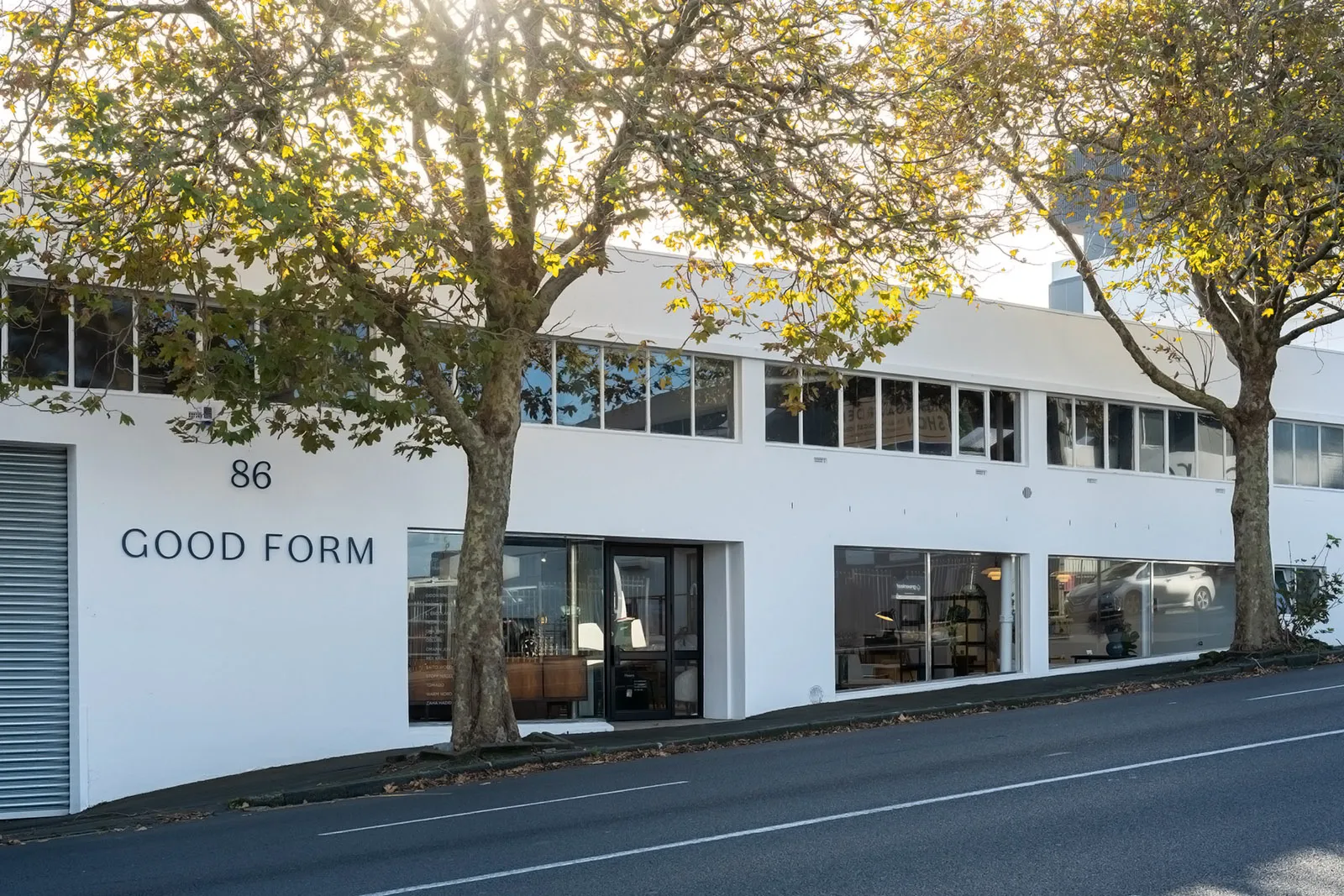Installation view of Toward a Concrete Utopia: Architecture in Yugoslavia, 1948–1980.
Photo by Martin Seck. Image courtesy of MoMA.
Thankfully, change is on the horizon. MoMA’s highly acclaimed exhibition “Toward a Concrete Utopia: Architecture in Yugoslavia, 1948–1980” and the inclusion of the 1956 designed ‘Rex Lounge Chair’ in MoMA’s permanent collection should give Kralj more of the international recognition he deserves.
The ‘Rex’ Lounge Chair by Slovenian Architect Niko Kralj is one of the most iconic Central European designs of the 20th century. This lauded armchair has admiring fans around the world and sits comfortably in the permanent collection of the MoMA and many other prominent design museums.
The Rex Lounge Chair captivates with its elegant form and fluid folding mechanism. Ground-breaking plywood shaping techniques were developed to permit bending in two perpendicular directions. The result is a brilliant example of the timeless and highly functional furniture that defines Niko Kralj’s legacy.

The show’s curators, MoMA’s Martino Stierli and guest curator Vladimir Kulić, assert that this exhibition is a survey of architecture and design that has been all but absent from modern history. They also make clear that Yugoslavia was expelled from the Soviet bloc in 1948, removing it from Stalin’s grip on spatial aesthetics.
The country had a need to search for its collective identity elsewhere. As Vladimir Kulić states, the architecture from Yugoslav socialism is an adaptation rather than copy, giving the work a quality of enhanced interpretation. This can also be said of Niko Kralj’s ground-breaking mid-century industrial designs.
By merging a variety of local traditions and contemporary international influences in the context of a unique Yugoslav brand of socialism, often described as the “Third Way,” local architects and designers produced a veritable “parallel universe” of modern design during the 45 years of the country’s existence.
The 1974 Makedonium Monument dedicated to Ilinden Uprising of 1903.
Designed by Prilep architects Iskra and Jordan Grabul
The 1979 Monument to the Uprising of the People of Kordun and Banija by Berislav Šerbetić and Vojin Bakić in Petrova Gora, Croatia
Poster for a retrospective exhibition of architect Janko Konstantinov (1984)
If you’re visiting New York don’t miss this must-see exhibition. The works will include more than 400 drawings, models, photographs, and film reels culled from an array of municipal archives, family-held collections, and museums across the region, introducing the awesome structures of socialist Yugoslavia’s leading architects to an international audience for the first time.
The 1956 designed Rex Lounge Chair is now included in the permanent collection of MoMA
Niko Kralj is undoubtedly the founder and one of the central figures of Slovenian post-war industrial design. As an internationally recognized design expert in the second half of the 20th century he sits alongside the most important industrial designers in the world.


